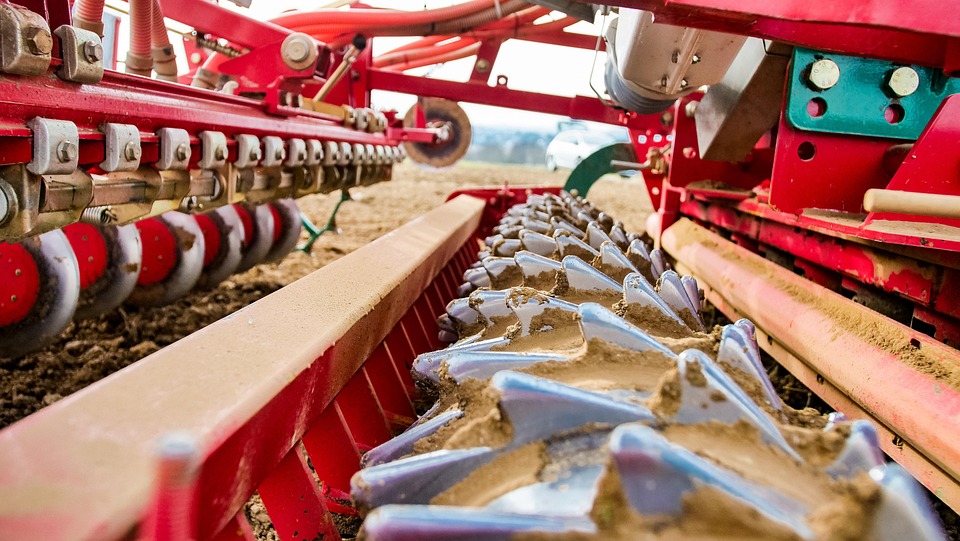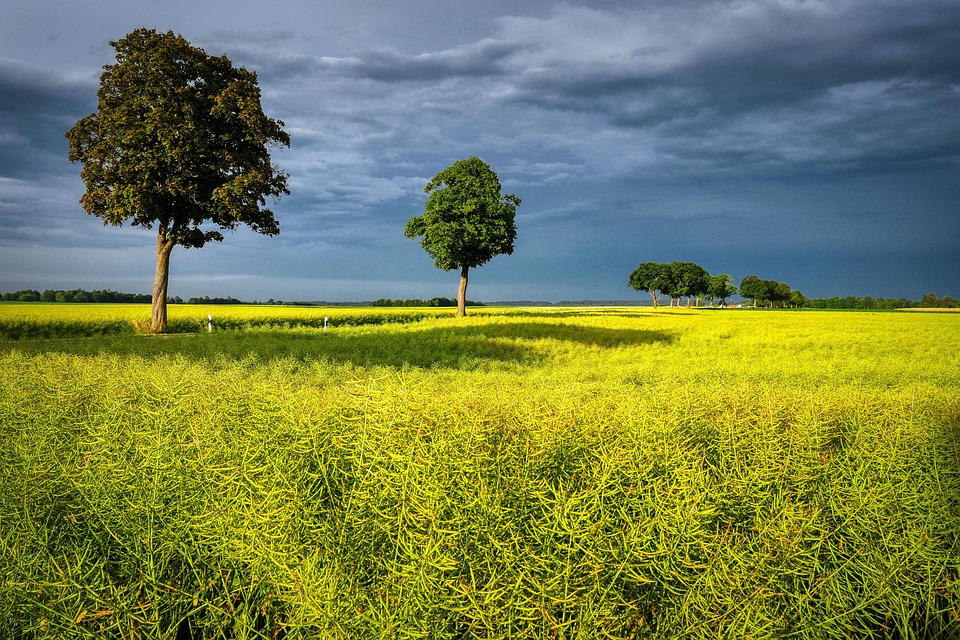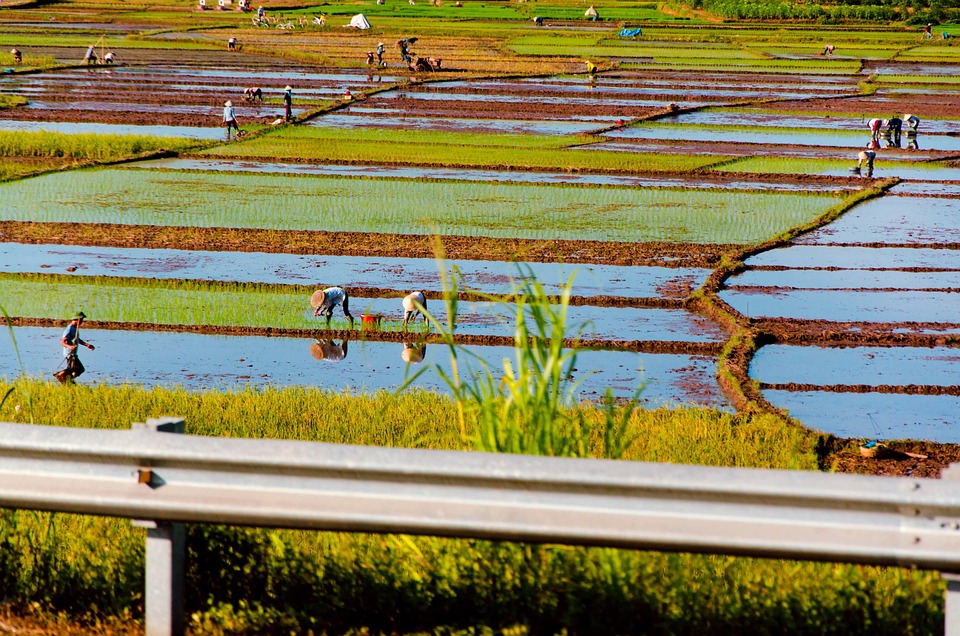From Farm to Table: The Benefits of Supporting Sustainable Agriculture
# From Farm to Table: The Benefits of Supporting Sustainable Agriculture In a world where the grocery store feels like a distant planet, I discovered the pure joy of harvesting my own vegetables right from my garden. The sweet smell of ripe tomatoes on a sunny afternoon, the crisp crunch of freshly picked lettuce, and the rich taste of freshly grown herbs changed my relationship with food forever. These moments not only nourished my body but also connected me to the land and the community around me. Supporting sustainable agriculture has become not just a practice, but a way of life—a movement that enriches our physical health, emotional well-being, and the environment itself. ## What is Sustainable Agriculture? Sustainable agriculture revolves around farming practices that are environmentally sound, economically viable, and socially responsible. It encompasses a variety of methods aimed at maintaining the health of the land while providing for future generations. This approach prioritizes resource conservation, biodiversity, and soil health, challenging the conventional, often destructive methods of mass-produced farming. ## The Environmental Benefits One of the standout aspects of sustainable agriculture is its positive impact on the environment. Here’s how it works its magic: ### 1. **Soil Health** Healthy soil is the backbone of sustainable farming. Techniques such as crop rotation, cover cropping, and reduced tillage help maintain soil structure and nutrient content. Healthy soil not only produces better crops but also captures carbon, mitigating climate change effects. ### 2. **Biodiversity** Sustainable farming encourages the planting of diverse crops, which enhances ecosystem resilience. By incorporating a variety of plants in growing systems, farmers can deter pests—reducing the need for chemical pesticides—while promoting beneficial insects. ### 3. **Water Conservation** Sustainable farming practices, such as rainwater harvesting and drip irrigation, conserve precious water resources. These methods ensure that water is used efficiently, reducing waste and protecting local waterways from pollution runoff. ### 4. **Reduced Carbon Footprint** By sourcing food locally, sustainable agriculture minimizes transportation emissions. When produce travels shorter distances from farm to plate, it contributes to lower greenhouse gas emissions. Plus, many sustainable farmers embrace renewable energy sources, further reducing their carbon footprints. ## Economic Impact on Local Communities Choosing to support sustainable agriculture can significantly boost local economies: ### 1. **Job Creation** Sustainable farms often employ local labor rather than relying on mechanization, creating jobs in communities. These farms contribute to a stable labor force, providing fair wages and promoting dignity in work. ### 2. **Local Markets Flourish** When consumers buy directly from farmers at local markets, they keep money within the community. The ‘farm-to-table’ movement accelerates economic growth by ensuring that purchases support local businesses. ### 3. **Resilience Against Market Fluctuations** Sustainable farms tend to be smaller and more diversified than large agricultural enterprises. This diversity provides a buffer against market volatility, helping farmers to withstand economic hardships. ## Health Benefits for Consumers Eating food grown sustainably is not just better for the planet; it’s better for our bodies too: ### 1. **Nutrient Density** Locally sourced produce tends to be fresher and more nutritionally rich. Foods harvested at their peak ripeness retain maximum vitamins and minerals, providing a healthier option than items harvested early and shipped long distances. ### 2. **Fewer Chemicals** Sustainable farming methods reduce the reliance on harmful pesticides and synthetic fertilizers. This results in cleaner produce, free from residues that can pose health risks over time. ### 3. **Mental Well-being** Connecting with the source of our food creates a sense of community and belonging. Visiting local farms or markets can foster relationships and contribute to better mental health, as shared experiences around food cultivate joy and well-being. ## Supporting Sustainable Agriculture By choosing to support sustainable agriculture, you can become an active participant in this transformative movement. Here are some practical steps to get involved: ### 1. **Shop Local** Look for farmer’s markets or community-supported agriculture (CSA) programs in your area. Buying directly from local farmers creates meaningful connections and ensures you’re getting fresh produce. ### 2. **Educate Yourself** Stay informed about sustainable practices and the impact of conventional farming on our planet. Knowledge is power. Follow blogs, attend workshops, or join local farming clubs to deepen your understanding of sustainable practices. ### 3. **Grow Your Own Food** Even a small garden can reap great rewards. Start a few pots of herbs or vegetables on your balcony or in your backyard. Gardening connects you to the earth and provides fresh produce right at your fingertips. ### 4. **Advocate for Change** Support policies that promote sustainable farming practices at local, state, and national levels. Write letters, join campaigns, or participate in community events to raise awareness about the importance of sustainable agriculture. ## Pro Tips for Sustainable Living 1. **Invest in Quality:** When shopping, consider investing in quality produce from sustainable sources instead of cheaper, mass-produced options. Your health and the planet will thank you. 2. **Join a Food Co-op:** Food cooperatives often focus on local and sustainable products. They create community connections and typically offer organic produce at fair prices. 3. **Start Composting:** Composting reduces waste and enriches your garden soil. It’s a straightforward process that transforms kitchen scraps into nutrient-dense soil. 4. **Preserve Your Harvest:** If you have a bountiful harvest, consider preserving it through canning, freezing, or drying. This ensures you can enjoy seasonal produce year-round. 5. **Learn to Cook Seasonally:** Explore recipes that celebrate the seasonal harvest. Cooking with fresh, local ingredients not only tastes better but supports sustainable practices. ## Conclusion Embracing the ‘farm-to-table’ philosophy is more than just a trend; it’s a commitment to a healthier lifestyle, a thriving community, and a sustainable planet. By supporting sustainable agriculture, you’re investing in better food, a healthier planet, and vibrant local economies. This holistic approach to food and farming enriches our lives, offering a sense of purpose and belonging. So, let’s dig our hands in the soil, celebrate the harvest, and transform our food systems—one plate at a time!










